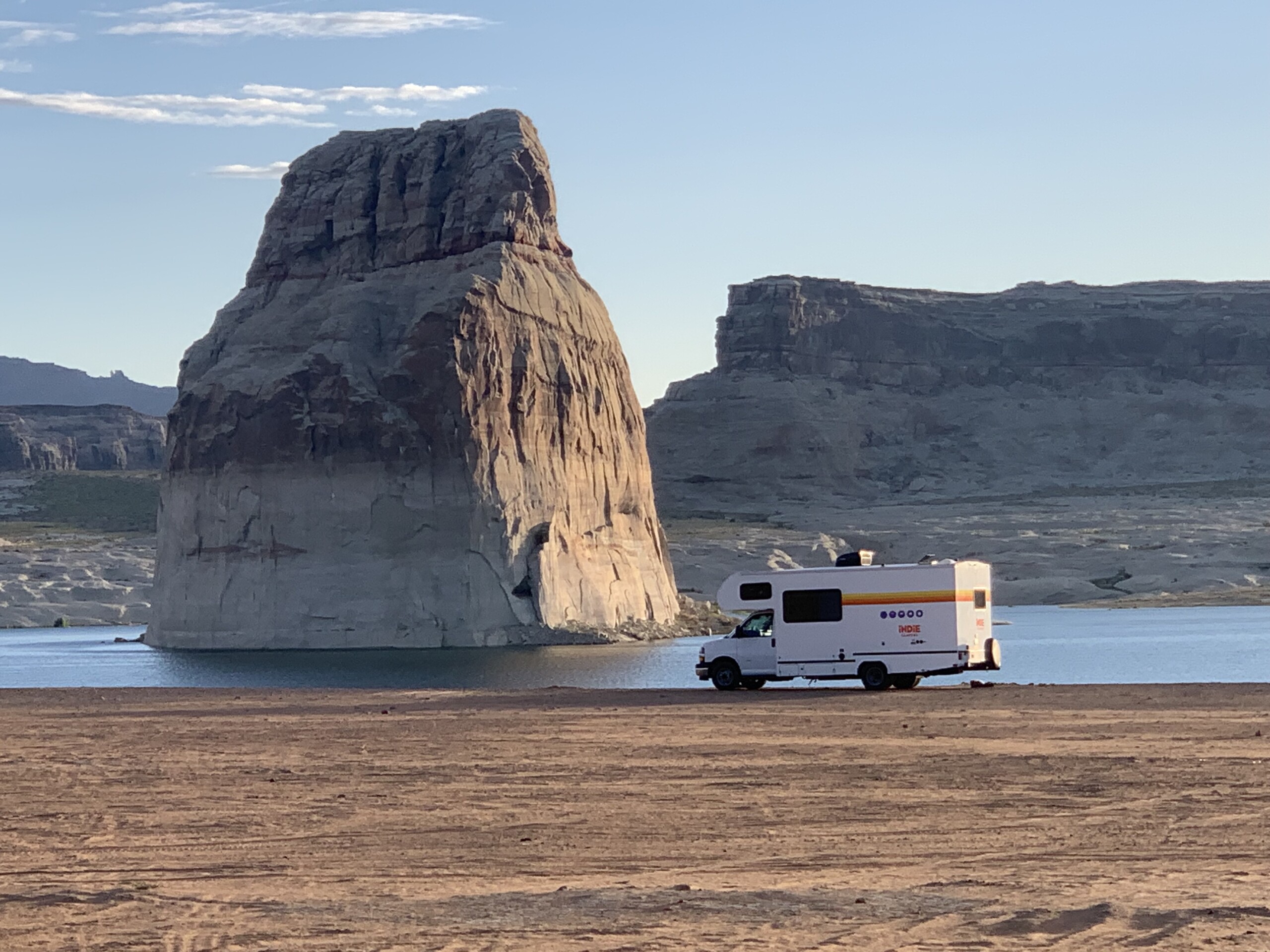The problems on the Colorado River go well beyond the generalized notions of drought and aridity.
We are dealing with 20th Century infrastructure in a 21st Century climate.
Nevertheless, powerful entities are in the driver’s seat, unwilling to change lanes during a time that desperately requires a shift. Call it myopia or inertia. But there are entrenched interests that want to see the status quo remain.
We exist to uproot the intransigence.
For the Great Basin Water Network, understanding and defending Las Vegas’ water supply remains an important part of our mission. And recent reports from federal water officials underscores that there are real long-term dangers for Lower Basin communities if we don’t act now (see report below). But we don’t yet know if anyone will do anything about it.
In recent days, we’ve been in news outlets across the country — from Fox News to the Los Angeles Times — warning about the dangers of Glen Canyon Dam’s antique plumbing threatening the movement of Colorado River water from the Upper Basin to the Lower Basin.
For years, we have worked with a cohort of partners to warn the nation about the threats imposed by untenable engineering and dwindling reservoir elevations at the dam. And a recent memorandum from the Bureau of Reclamation underscores that we — activists, water users, and concerned citizens — are no longer alone in our unease. However, powerful interests leading negotiations for future reservoir management could easily stymie moving toward a better future. We need an open, public process to swiftly and accurately consider Glen Canyon Dam’s future.
Why do we care: The 25 million people and priceless ecosystems that call the Lower Basin home.
Our concern is simple: When elevations at Lake Powell dip below certain benchmark elevations (3490’), the ability for the dam to pass water downstream is complicated by the dam’s engineering. Less hydrologic pressure pushing water through the river outlet works at the bottom, downstream side of the dam creates opportunities for cavitation — a phenomenon of erosional forces that threaten the integrity of the dam’s river outlets. To wit: less water in the Colorado River impacts the dam’s structural integrity, jeopardizing the ability for the infrastructure to pass water downstream in low-flow conditions.
For years, we’ve been demanding a public and open process to debate, vet, and scrutinize alternatives. We want the people of Las Vegas to know that upstream infrastructure poses long-term risks for the river and all living things dependent upon it.
And now is the time. As the seven Colorado River states negotiate new frameworks for managing Lakes Mead and Powell, the issues of cavitation at Glen Canyon Dam must be thoroughly analyzed as part of the requisite environmental review process pursuant to the National Environmental Policy Act (NEPA).
A reimagined Glen Canyon requires entrenched interests to do things differently. This will change hydropower regimes, recreation, and other elements of Colorado River management. Some say the alternative is to just keep Lake Powell full.
For folks who believe that the 21st Century is going to bring us conditions that can easily allow Lake Powell to be full or give the appearances of fullness, then I have a few house boats to sell you.
As the first 24 years of the new millennium have demonstrated, the 20th Century infrastructure on the Colorado River is not going to be replete with water. Changes are necessary. At GBWN, we don’t profess to have all the engineering solutions, but we do know that we must figure out ways to ensure that Lower Basin water supplies can bypass the dam, indefinitely, for the decades to come. That starts with robust public participation and regulator veracity.
Regulators punted recent opportunities to investigate and analyze the problems at Glen Canyon.
This dilemma comes as the Upper Basin advocates for more cuts to the Lower Basin and pushes back against any notion that they must curtail usage too. Entities throughout Colorado, New Mexico, Utah and Wyoming want to build more infrastructure to take more water from the river system rather than consider how to ameliorate the problems with the existing infrastructure. There are dozens of proposals that are untenable. But they persist regardless. Drought and aridity will also persist. But Upper Basin states hang onto fickle claims of paper water rights granted in the 20th Century but not yet put to use.
God ain’t making new water. And humans shouldn’t make more dams.
Taxpayers, ratepayers, and ecosystems deserve better.
Lower Basin cuts shouldn’t be repurposed for new Upper Basin dams — nor should the existing Upper Basin infrastructure at Glen Canyon threaten the water supply for Arizona, California, and Nevada.
Click to see our work in:
Read the Bureau of Reclamation’s memo here:

